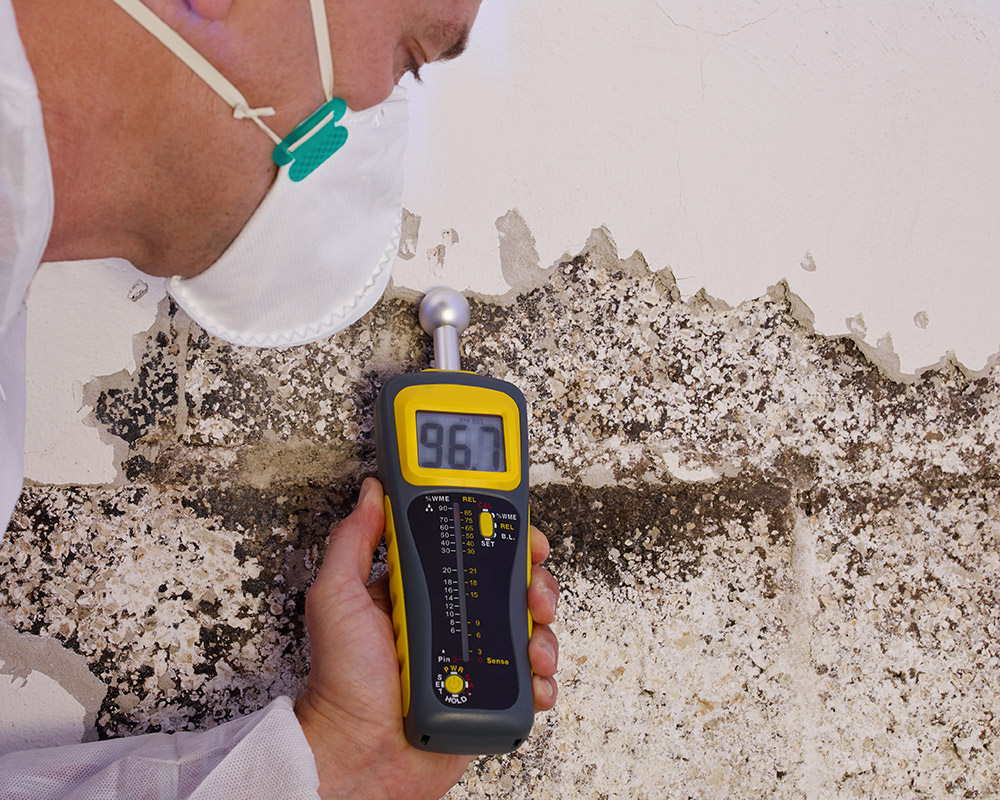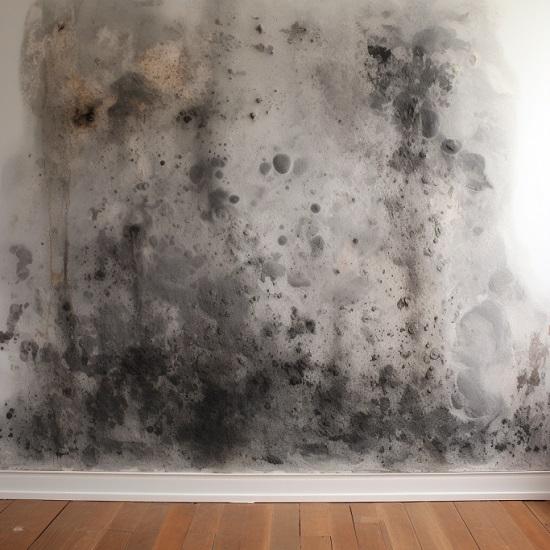Vital Steps After Mold Remediation
Vital Steps After Mold Remediation
Blog Article
Your Ultimate Guide to Post Mold And Mildew Removal Strategies
Browsing the world of post-mold removal techniques is a precise process that demands interest to detail and a detailed understanding of the intricacies involved. In the consequences of mold and mildew infestation, recognizing how to properly eradicate the mold and mildew and avoid its reoccurrence is critical for maintaining a healthy and balanced interior environment. From selecting the right cleansing and disinfecting techniques to applying approaches for lasting mold and mildew avoidance, each action in the removal journey plays an important function in guaranteeing an effective result. As we embark on this expedition of post-mold removal methods, we will discover the vital methods and best techniques that can help you recover your space to its pre-mold problem and protect it versus future mold hazards.
Comprehending Post-Mold Removal Process
After completing the mold remediation process, it is essential to understand the post-mold remediation techniques that are necessary to make certain a detailed and effective clean-up. As soon as the mold and mildew has actually been removed, the following action entails cleaning and disinfecting the impacted areas to protect against any regrowth of mold. This consists of using specialized cleansing representatives to wipe down surface areas and kill any kind of continuing to be mold and mildew spores. It is crucial to dry out the area completely to dissuade the development of mold and mildew in the future (After mold remediation). Correct ventilation and dehumidification can aid in this procedure.
In addition, conducting a last assessment post-remediation is important to guarantee that all mold has actually been effectively eliminated. This examination must involve a thorough aesthetic check as well as possibly air sampling to validate the lack of mold and mildew spores airborne. Extra removal may be required if the examination reveals any remaining mold and mildew. Enlightening owners on preventive measures such as controlling moisture degrees and promptly addressing any water leaks can aid keep a mold-free setting.
Reliable Cleansing and Decontaminating Methods

Preventing Future Mold And Mildew Development

Relevance of Correct Ventilation
Correct ventilation plays a vital duty in stopping moisture build-up, an essential factor in mold and mildew growth within interior environments. Effective ventilation systems assist remove excess moisture from the air, decreasing the opportunities of mold spores locating the moisture they require to germinate and spread out. Without appropriate ventilation, indoor spaces can become a breeding place for mold, bring about prospective wellness risks and architectural damage.
By making sure proper air flow, air flow systems can also aid in drying out moist locations faster after water damage or flooding cases, additionally discouraging mold and mildew development. testing air quality after mold remediation. Precede like bathrooms, attic rooms, basements, and cooking areas where moisture degrees tend to be greater, mounting and preserving effective air flow systems is important in avoiding mold and mildew invasions

Tracking and Maintenance Tips
Offered the critical duty that correct air flow plays in avoiding mold growth, it is essential to develop efficient monitoring and upkeep suggestions to ensure the ongoing performance of air flow systems. Normal evaluations of air flow systems must be carried out to check for any indicators of obstructions, leakages, or malfunctions that can hinder correct air flow. Monitoring moisture levels within the residential property is also crucial, as high moisture can add to mold and mildew growth. Mounting a hygrometer can assist track humidity levels and sharp house owners to any spikes that may need attention. In addition, ensuring that air filters are regularly cleaned or replaced is vital for keeping the performance of the air flow system. Carrying out a timetable for routine upkeep tasks, such as duct cleaning and heating and cooling system evaluations, can aid prevent problems prior to they rise. By remaining proactive and mindful to the problem of air flow systems, property owners can efficiently alleviate the threat of mold and mildew regrowth and keep a healthy and balanced interior setting.
Final Thought
In final thought, post-mold remediation methods are necessary for ensuring a clean and secure environment. Understanding the process, executing efficient cleansing and disinfecting methods, preventing future mold development, preserving proper air flow, and normal tracking are all important actions in the removal procedure. By adhering to these guidelines, you can efficiently eliminate mold and mildew and prevent its return, working or advertising More Info a healthy living room for all residents.
In the results of mold and mildew infestation, understanding how to properly eliminate the mold and stop its reoccurrence is critical for keeping a healthy interior environment. Once the mold and mildew has been eliminated, the next step includes cleaning and decontaminating the affected locations to avoid any type of regrowth of mold and mildew - After mold remediation. After removing visible mold growth, it is critical to clean all surfaces in the afflicted area to Look At This remove any remaining mold and mildew spores. To better enhance mold prevention procedures, it is crucial to deal with underlying problems that at first led to mold and mildew development.Provided the essential role that appropriate air flow plays in preventing mold and mildew development, it is imperative to establish effective tracking and upkeep ideas to make certain the continued performance of ventilation systems
Report this page